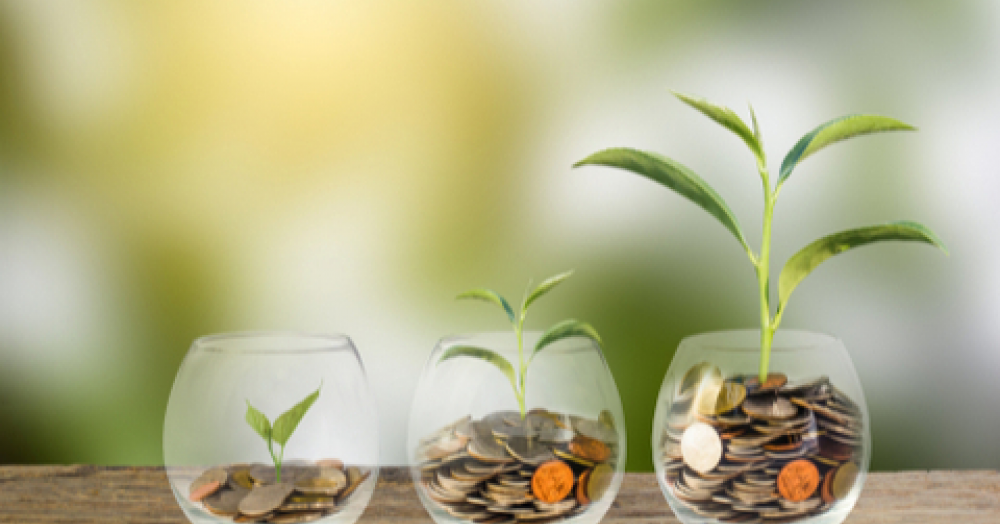Considering buying to let, but unsure of where to invest your money in today’s market? We reveal our top tips to help you purchase your investment property.
1. Calculate your yield
A rental yield tells you how much of an annual return you are likely to get on your investment.
Gross rental yield calculation:
(Annual rent ÷ property purchase price) x 100 = gross rental yield
For example… (£6,000 ÷ £150,000) x 100 = 4.4%
Calculate the potential return on any rental property you are considering buying to help evaluate if it has investment potential. Speak to a local letting agent to get an idea of the projected rent for the property.
2. Consider capital growth
It is also worthwhile considering how long you plan to own the property, and how much it may increase in value during that time. Ultimately, capital growth also contributes to your overall return on investment.
3. Check for demand
Certain areas and type of property attract a higher demand from tenants than others. When you’re searching for an investment property, make sure you speak to a local letting agent who will be able to advise you about demand in each area.
4. Look for convenience
Parking, access to transport links, local amenities - all of these things will increase the property’s appeal to tenants.
5. Widen your target market
Think about buying a property which will appeal to a wide section of renters rather than what would be your personal preference. This will increase the demand, helping to maintain a good rental value and minimise void periods. Consider accepting pets and Housing Benefit tenants where appropriate.
6. Avoid major downsides
Such as difficult access, strange layouts, high levels of noise pollution, dangerously steep gardens - anything that is likely to put potential tenants off.
7. Estimate your cost of maintenance and repair
All outgoings - including any routine maintenance and repair - will impact on your net rental yield; so factor this in when deciding on what type of property to invest in.
8. Factor in fees
Count in your mortgage re-payments, agency fees and the expected cost of landlord insurance, building insurance and rent protection insurance if you intend to use it. You will typically find that leasehold properties might be cheaper to buy, but will have annual management fees and/or ground rents which you need to calculate into your yield.
9. Minimise voids
A void period is the name given when a property is vacant and results in a loss of income. Choosing the right tenants right from the start and building a good relationship with your tenants can help keep void periods to a minimum.
10. Check the Energy Performance Certificate
From 1st April 2016 a tenant is now allowed to reasonably ask for a relevant energy efficiency improvement and from 1st April 2018, all rented property which has a new tenancy must have an EPC rating of at least E. Check the Energy Performance Certificate (EPC) of the property before making an offer.

